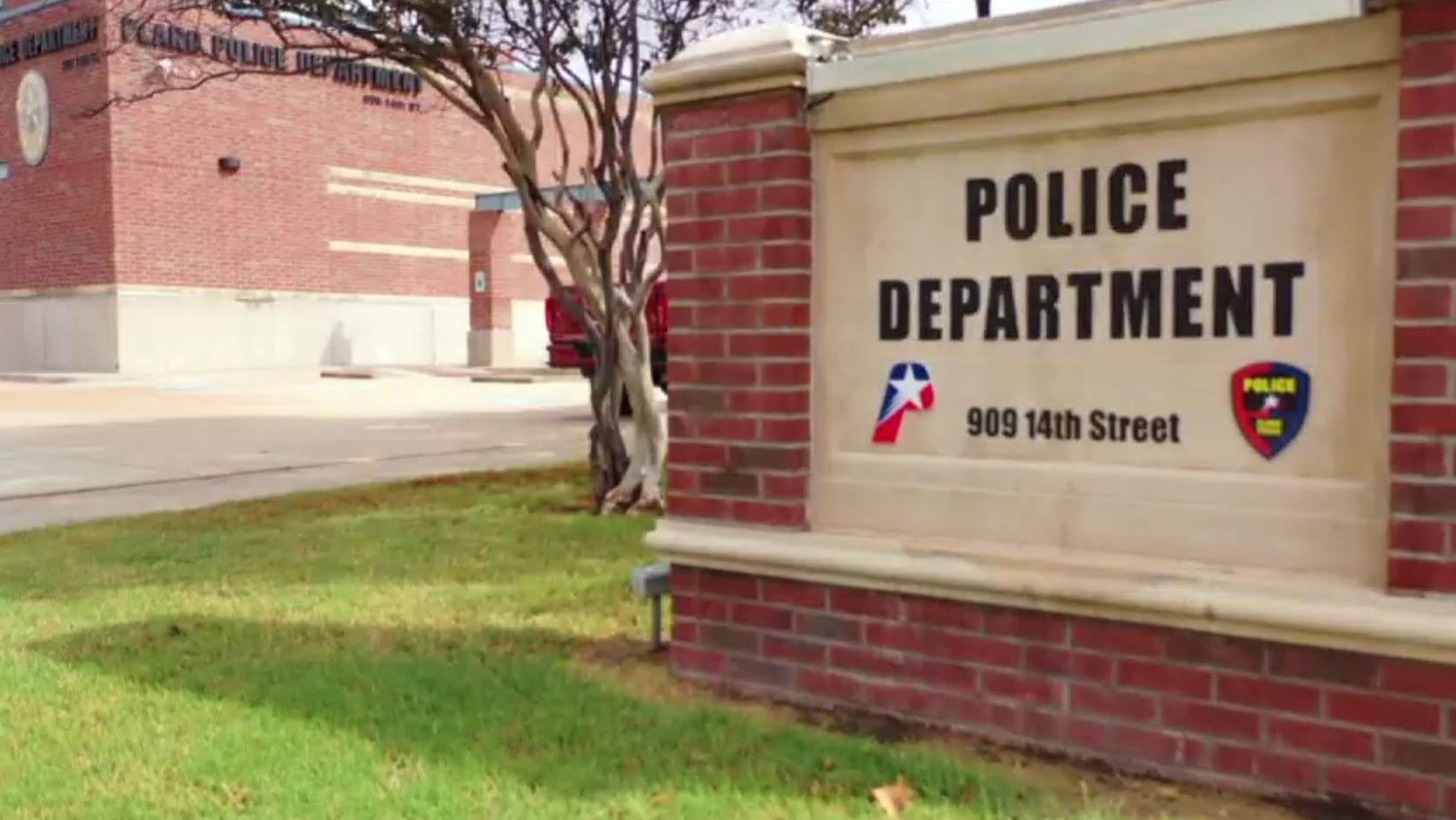
A nondescript mass of bone and teeth helped scientists at The University of Texas at Austin discover the geographic footprint of a large cat that roamed the Earth tens of thousands of years ago.
The research on this fossil was published in the May issue of The Anatomical Record.
A lumpy, rounded rock with a couple of exposed teeth became the subject of study for John Moretti, a doctoral student at the UT Jackson School of Geosciences who led the research.
“You can’t even tell what it is, let alone which animal it came from,” said Moretti. “It’s like a geode. It’s ugly on the outside, and the treasure is all inside.”
Get top local stories in DFW delivered to you every morning. >Sign up for NBC DFW's News Headlines newsletter.
The fossil was X-rayed which led to the discovery of a hidden canine tooth that had not erupted from the jaw bone. This allowed the researchers to identify the subject of the fossil as a Homotherium, a genus of large cat that roamed much of the Earth for millions of years.
The large cat was about the size of a jaguar, with an elongated face, lanky front legs, and a sloping back that ended in a bobtail. Their serrated canine teeth were covered by large gum flaps, similar to domestic dogs today.
Fossils of the saber-tooth cat have been found in several areas of Texas, but this was the first time researchers have found evidence of the big cat roaming the now-submerged continental shelf that connects Texas and Florida.
Local
The latest news from around North Texas.
It is believed by scientists that the stretch of land was a Neotropical corridor, that several animals used to venture north to humid grasslands from Mexico to Texas to Florida.
The discovery of this fossil on the Texas coast gives scientists a small glimpse into the ecology of this landscape during the Late Pleistocene, Moretti said
The fossil was discovered over 60 years ago on McFaddin Beach by Russell Long, a professor at Lamar University, but was donated by U.S. Rep. Brian Babin, a former student of Long’s who worked for 38 years as a dentist
The research is part of a larger initiative on McFaddin Beach fossils started in 2018 by William Godwin, curator at the Sam Houston State University Natural Science Museum and a co-author of the study. Co-authors also include Deanna Flores, Christopher J. Bell, Adam Hartstone-Rose, and Patrick J. Lewis. The research was funded by UT, Sam Houston State University and North Carolina State University.



